
Animal manure is a valuable soil amendment for home gardens. It not only supplies primary nutrients (nitrogen, phosphorus and potassium) and micronutrients for plant growth, but also is a source of organic matter. Increasing soil organic matter improves soil structure, increases the water holding capacity of sandy soils, improves drainage in clay soils, provides a source of slow release nutrients, and promotes growth of beneficial soil organisms. These manures used as fertilizers are typically from herbivores (i.e. plant-eating animals), such as cows, sheep, chickens, etc. (Never use cat, dog or pig manure in vegetable gardens or compost piles.)
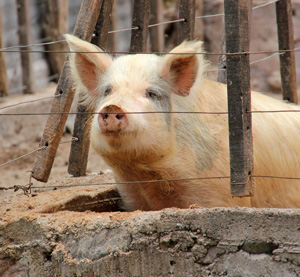
The nitrogen in manure is not available all at once to growing plants as much of it may be tied up in organic forms. Organic nitrogen becomes available to plants only after soil microorganisms decompose the organic compounds, converting the released N to NH4, which occurs over a period of years. The actual amount of this conversion varies considerably depending on the animal it came from, any bedding materials with it, temperature, moisture content, and handling. In general, about 30% to 50% of the organic nitrogen becomes available the first year, and the amount gradually decreases thereafter.
Fresh manure

Fresh manure typically has high amounts of ammonium or soluble nitrogen. This results in a higher available nitrogen content compared to composted manure. Poultry manure is particularly high in ammonia and readily burns if over-applied. Because of the high amounts of ammonia-nitrogen in fresh manure, it should be incorporated 6 to 8 inches within 12 hours after application. Without incorporation much of the soluble nitrogen will be lost to the atmosphere as ammonia. If the manure is mixed in with bedding or litter this will dilute the nutrient content. If there are large amounts of straw or sawdust, nitrogen availability to plants may be lowered by increasing the C/N ratio. High carbon relative to nitrogen (greater than 25 /1) will tie up nitrogen.

Salts in fresh manure also tend to be high — especially in chicken, turkey, or other poultry manure. To avoid salt damage, wait 3 to 4 weeks after application before planting anything in the area.
Fresh manure may contain high amounts of viable weed seeds, which can lead to a weed problem. Horse manure is notorious for this, since those animals don’t digest what they eat as well as many other animals do, and seeds pass intact through a horse’s digestive system.
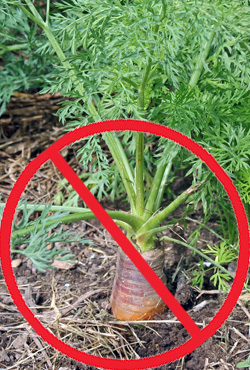
Because of the potential of transmitting human pathogens, such as E. coli, fresh manure should never be used on fruits and vegetables. If you are growing crops where the edible portion is in contact with the soil (such as carrots, beets, or potatoes) fresh manure applications should be made at least four months prior to harvest. On other edible crops, fresh manure applications should be made at least three months prior to harvest. With just a four month or so growing season, this means you should only apply fresh manure in the fall; not in the spring or during the growing season to any area that is or will be planted with food crops.
Composted manure
Composting manure eliminates some of the problems of fresh manure — including the odor. It is lighter and easier to haul since it has less moisture, and the composting process may kill weed seeds and pathogens if the pile heats above 145°F. But salts may be more concentrated and some of the nitrogen is lost, leaving the more stable organic forms. Composted manure has lower availability of nitrogen and will contribute more to the organic matter content of the soil compared to fresh manure.
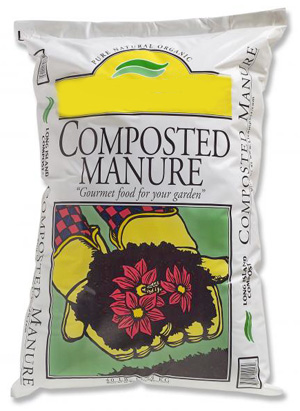
However, unless applied at high rates, composted manure alone may not be able to supply all the nutrients for fast growing plants. It’s not as important to immediately incorporate composted manure into the soil as for fresh manure, but incorporating it in to a depth of 6 to 8 inches is recommended whenever possible to obtain the full benefit from the compost. If spread in the spring, it is best to wait a least one month before planting crops so the microbial activity it stimulates won’t interfere with seed germination.
If you have convenient access to a supply of fresh manure you can try composting it yourself, but most people just purchase bagged composted manure that is readily available in garden stores and nurseries.
Nutrient availability
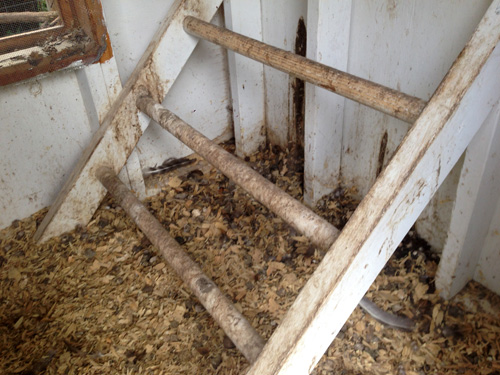
So how much manure should you use? If you purchased bagged composted manure, the label on the package will tell you the nutrient content and application rates. If you’re dealing with buckets of fresh or aged manure from a friend’s farm, the contents of your backyard chicken coop, or a donation from a neighbor’s horse barn it may be much harder to estimate whether what you’re spreading in the garden is too much or too little or just right.
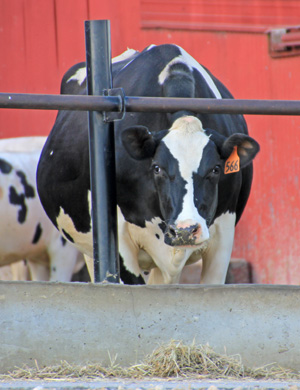
The nutrient content of farm manure varies considerably depending on many factors. The availability of the nutrients from the manure for plant growth will depend on the breakdown and release from of the organic components. Generally, 70 to 80% of the phosphorus and 80 to 90% of the potassium will be available from manure the first year after application. Calculating nitrogen availability is more complex as it is dependent on microbial activity to make it available for uptake.
Suggested rates of fresh manure or compost to apply to supply about 0.2 lb of available nitrogen per 100 square feet:
| Manure type | pounds to apply per 100 square feet |
|
| Dairy cow | no bedding | 75 |
| with bedding | 95 | |
| composted | 200 | |
| Sheep | no bedding | 40 |
| with bedding | 50 | |
| Poultry | no litter | 20 |
| with bedding | 30 | |
| composted | 70 | |
| Horse | with bedding | 65 |
A 5 gallon bucket holds about 25 lbs of fresh manure or compost, so you can estimate how much to use without actually weighing the materials. For example, use three buckets full of dairy manure without bedding spread over a 10 by 10 foot garden to add 0.2 pounds of available nitrogen. You’d need to add 8 buckets of composted cow manure over the same size area to apply the same amount of nitrogen.

In most cases, manure application is based on its nitrogen content and estimated availability for the first growing season. But remember that some manure contains high levels of phosphorus, so you may end up adding way too much phosphorus as you are incorporating enough manure to meet the plant’s nitrogen demands. It is important to have your soil tested to help determine if the level of phosphorus in the soil is building up too much (in which case you probably should use a different type of fertilizer that has low or no phosphorus for a while), as well as to know if other plant nutrient needs are being met with manure alone.
Proper use of manure in the garden can supply your plants with nutrients and help improve soil structure. Adding too much manure can lead to nitrate leaching, nutrient runoff, excessive vegetative growth and, for some manures, salt damage. And using fresh manure where food crops are grown poses risks for contamination with disease-causing pathogens.
– Susan Mahr, University of Wisconsin – Madison
Additional information: Safely Using Manure in the Garden – University of Wisconsin Garden Facts XHT1143





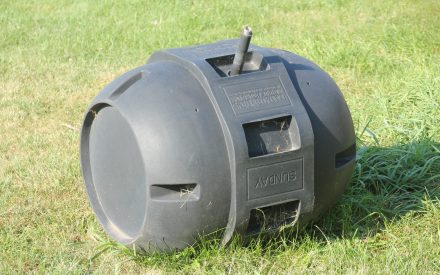 Barrel Composter: Do-It-Yourself Compost Bin Instructions
Barrel Composter: Do-It-Yourself Compost Bin Instructions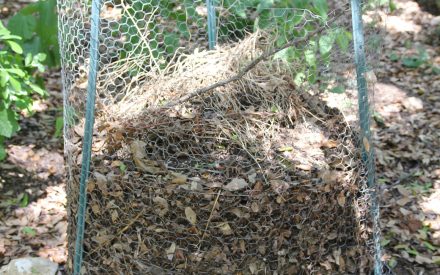 Wire Mesh Composter: Do-It-Yourself Compost Bin Instructions
Wire Mesh Composter: Do-It-Yourself Compost Bin Instructions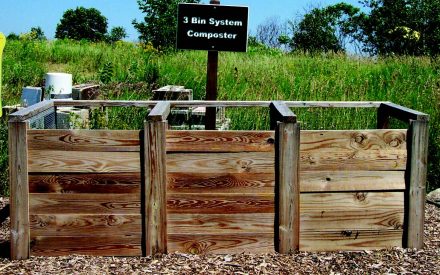 Wood 3-Bin Composter: Do-It-Yourself Compost Bin Instructions
Wood 3-Bin Composter: Do-It-Yourself Compost Bin Instructions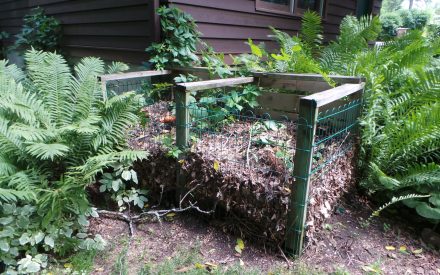 Wood & Wire Composter: Do-It-Yourself Compost Bin Instructions
Wood & Wire Composter: Do-It-Yourself Compost Bin Instructions


